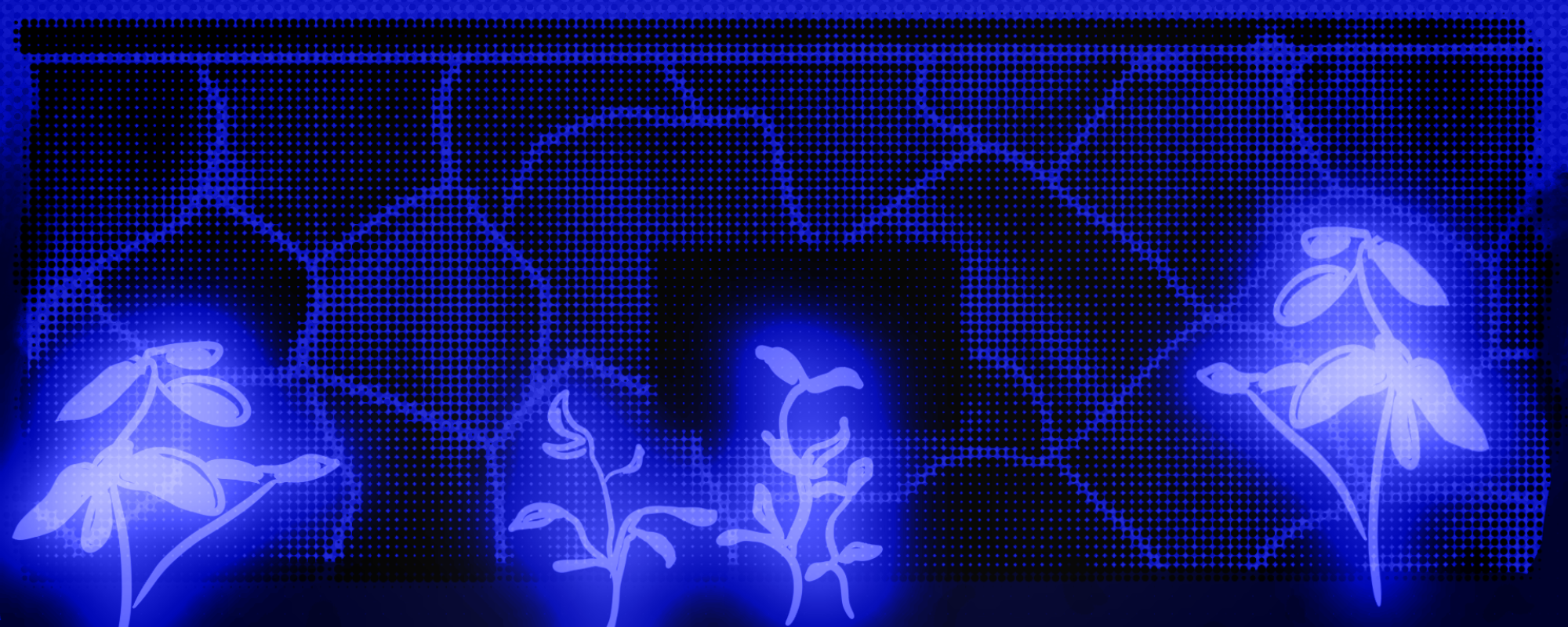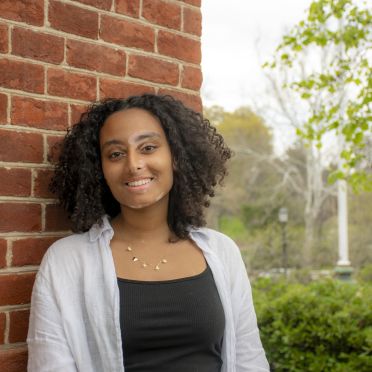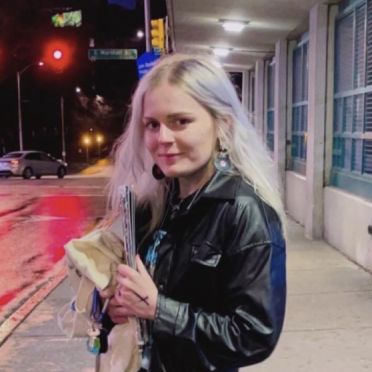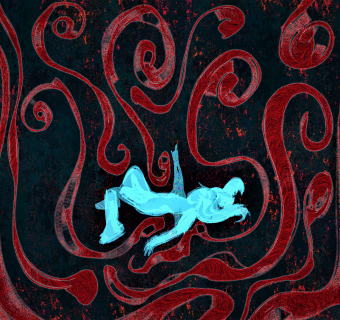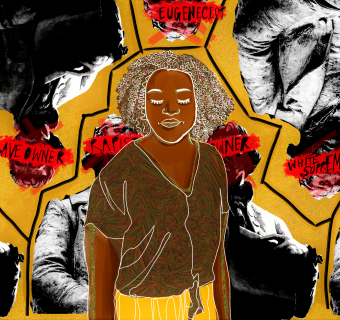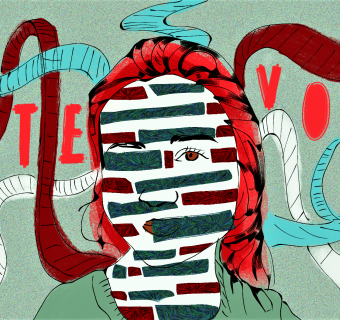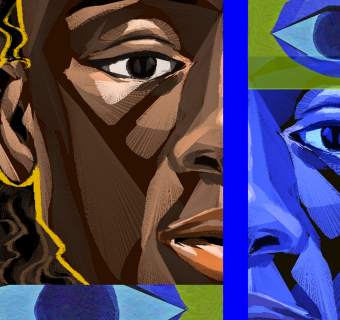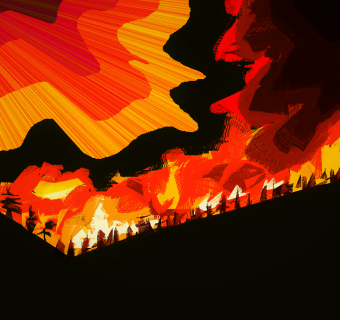Authors Note:
This article was written during the Spring 2022 semester, but was never published. Given the recent reawakening of these issues, I wanted to add to the current discourse, shedding light on the voices and stories I was privileged to report on last year. A huge thank you to Vani Agarwal’s guidance and support while I wrote this feature.
Student Activism at the University
Student self-governance is one of the distinctive trademarks at the University of Virginia, allowing students to advocate for and initiate policies they believe will strengthen the University. Perhaps most obviously, this concept is seen in the work of Student Council, the Honor Committee, the University Judiciary Committee and individual class councils, which are intended to be led by students for their peers. Self-governance has the potential to cultivate ingenuity, trust and leadership among the student body at the University.
However, student self-governance extends far beyond these organizations. The broader culture of self-governance at the University manifests in dorm rooms, extracurricular meetings, dining halls and classrooms, where students identify and act on issues they deem important to them. Since students have the freedom and independence to create a better University for themselves and other students, they play an active role in living out the goals of student self-governance. Student activism is thus implicitly a natural aspect of student self-governance.
Throughout the University’s history, students have demonstrated against issues including the Vietnam War in 1970, racial inequality, and women’s rights. Today, that legacy of activism lives in the plethora of student-run advocacy organizations working with communities such as undocumented students, students of color and disabled students. In recent years, many student activists have turned their attention to recognizing the University's bondage of enslaved laborers.
When the University first recognized its history of enslaved labor in 2007, a plaque was installed in the ground in between the Rotunda and Pavilion I, under the Rotunda’s South Terrace.
It reads, “In honor of the several hundred women and men, both free and enslaved, whose labor between 1817 and 1826 helped to realize Thomas Jefferson’s design for the University of Virginia.”
The installation generated dissent and opposition from the student body, as many thought it to be inadequate due to its small size, remote location and misleading information — there were thousands of enslaved laborers who were given only peripheral recognition by the plaque. The objections to this plaque led to the formation of a student group in 2009 called the Memorial to Enslaved Laborers, who called for a larger and more appropriate memorial — the name of the group would eventually become the name of the memorial itself. This push by student activists was one of the first steps in realizing the Memorial for Enslaved Laborers that stands on Grounds today.
“So once again, it was student activism,” Louis Nelson, Professor of Architectural History and Vice Provost for Academic Outreach, said. “That was the catalyst for change, which has just always been if you look back at all of our major moments of change at the university, it's always students.”
MEL has been a highly influential and productive student group since its inception, eventually realizing its goal of creating a larger memorial. They first held a design competition in 2011 called “Preserving our Past, Framing our Future” to consider new proposals for an alternative Memorial to Enslaved Laborers. Their attempts to visualize a larger memorial catalyzed action at the University level.
The UVA IDEA Fund is an Alumni Interest Group that works closely with the Office for Diversity, Equity, and Inclusion (ODEI) to “provide action-oriented leadership in support of the University of Virginia’s aim to be accessible, equitable, diverse and inclusive”. They collaborated with the ODEI, to commission a report that reviewed the various initiatives focused on the University's historical relationship to slavery. In response to this report, the President’s Commission on Slavery and the University was established in 2013 by Dr. Marus Martin, vice president and chief officer for diversity and equity at the time, who in fact cited MEL’s initiatives as one of the groups that would be able to guide the Commission’s work.
The perseverance and persistence of student activists eventually paid off. In 2016 a design team for the memorial was selected, and in May 2020, construction was completed. The official dedication ceremony was unfortunately postponed to April 2021 due to the pandemic and was ultimately held virtually. Speakers included alumni who first proposed the idea for the memorial, descendants of the enslaved laborers, current University students who gave a spoken word performance and University leaders who worked on and supported the project. The Memorial of Enslaved Laborers now stands as a permanent fixture in the University’s topography.
It is forever a reminder of the atrocities of human bondage, but also pays homage to the individuals who built and maintained the University. The memorial represents the perseverance and dedication of student activists who fought to engage with a history they inherited as students of Thomas Jefferson’s University. With their work to design historical tours aimed toward first-year students that tell the history of enslaved laborers at the University, the seven founding members of HEAAL join the ranks of student changemakers like those who first advocated for the Memorial to Enslaved Laborers.

